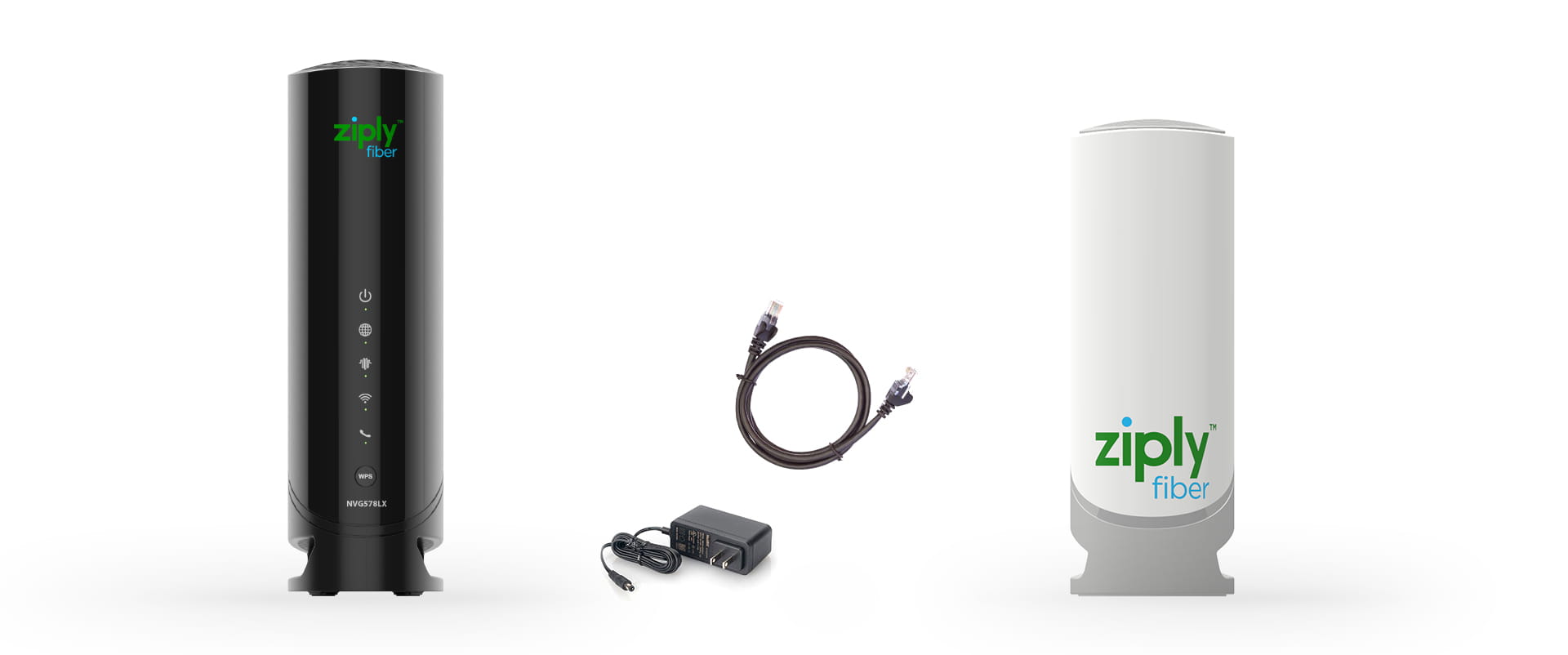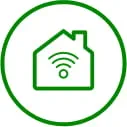You’ve got fast fiber internet flowing into your home — but when you set up your laptop or smart TV in that one room your signal cuts out and causes glitches and lag. Is there anything more frustrating?
It’s a problem that can be easily solved with a WiFi extender. A WiFi extender is pretty self-explanatory: it extends your WiFi signal from your router to the outer reaches of your home or property that are too far from the source to get a strong signal.
But there are so many on the market. How do you know which WiFi extender is the best for you?
Types of WiFi extenders
WiFi extenders come in various types, each designed to address specific needs and challenges related to extending wireless network coverage.
Plug-in range extenders
Plug-in range extenders are common, easy and the best WiFi extender choice for most people. Plug-in range extenders are compact devices that plug directly into a power outlet. Plug-in extenders are suitable for smaller spaces and typically have antennas that help boost the WiFi signal. You can purchase these online for affordable prices — sometimes for less than $20. However, be sure to check reviews and buy from a reputable brand.
After you link the extender to your WiFi router to get it connected, you place the extender at a halfway point between the router and the room or area where you’re trying to boost the signal. Once it’s up and running, you should have a good signal in the former dead zone.
Mesh WiFi systems
Also referred to as “whole home WiFi,” mesh WiFi systems consist of multiple units that work together to provide seamless coverage across a larger area. They are more sophisticated than the singular, plug-in extender that acts as a standalone signal booster. The “mesh” refers to how the “nodes” in each unit communicate, creating a kind of crisscross pattern of coverage. Mesh systems are ideal for large homes with multiple floors. They also tend to run a little higher in price, because they’re more robust and require more than one device. Some companies, like Ziply Fiber, offer whole home WiFi as a service. The benefit of this is that you don’t have to set it up and manage it yourself — it’s installed by professionals, considered part of your internet service and absorbed into your bill.
Outdoor WiFi extenders
Have a big yard and want to extend a signal out to a security camera or a Bluetooth speaker? An outdoor extender may come in handy. They’re built to withstand environmental conditions, like heat, rain and snow. However, if your outdoor online needs are close to the part of the house where the WiFi signal is strong, you may not need additional connectivity support.
More robust WiFi extender solutions
These are the best WiFi extender options for most people's needs, but there are some scenarios that may call for a more specialized solution.
Powerline WiFi extenders
These extenders use existing electrical wiring in your home to transmit the internet signal. Imagine it like a physical powerline that runs between a grid and a utility pole. One unit connects to the router and another plugs into an electrical outlet in a different part of the house. This type is particularly useful when WiFi signals struggle to penetrate walls and other obstacles.
Ethernet/wired extenders
Access points: While not strictly extenders, access points are often used to enhance WiFi coverage. They are connected to the router via an Ethernet cable and provide additional WiFi coverage in a specific area. This can be an effective solution for high-bandwidth activities like gaming or streaming.
Considerations to have in mind when choosing a WiFi extender
Size and layout of your home
When choosing the best WiFi extender for your needs, it’s essential to consider the layout and size of your home, the presence of obstacles like walls, and the specific requirements of your network. The type of extender you choose will depend on factors such as the level of coverage needed, the desired ease of installation, and any unique challenges in your environment. If this is overwhelming to you, you may benefit from a professionally installed whole home WiFi product.
WiFi frequency
Extenders should be “set it and forget it,” but you may find yourself confused about speed. WiFi operates on radio waves and is measured in gigahertz (GHz). Most extenders are dual band, meaning they offer two frequency bands: 2.4 GHz and 5 GHz. Some smart home products only operated on the 2.4 GHz band, while 5 GHz is faster and what you’ll probably want for your laptop and most of your devices. Some extenders now are “tri-band,” meaning they have a second 5 GHz band to handle more internet traffic with less interference.
Ease of installation and use
Choose a WiFi extender that offers a user-friendly setup process. Many modern extenders come with mobile apps for easy installation and management. Consider features like one-touch setup or WPS (WiFi Protected Setup) for a hassle-free experience.
Security features
Ensure that the WiFi extender has robust security features to protect your network and personal data. Look for encryption standards like WPA3, and consider models with built-in security protocols to safeguard against potential cyber threats.
Conclusion
Choosing the best WiFi extender for your fiber internet connection isn’t hard, but the options can be overwhelming and full of jargon. For basic coverage on a budget, a single boosting device from a reputable brand with solid reviews will likely do the trick. For more elaborate coverage, a mesh network is the way to go. If you’re not sure, opting for a mesh network may be worth the somewhat higher cost, and there’s no such thing as too much coverage. And finally, if you’re looking into ISPs and find one that offers whole home WiFi setup, like Ziply Fiber, you may want to splurge on the convenience of having it all figured out for you.






